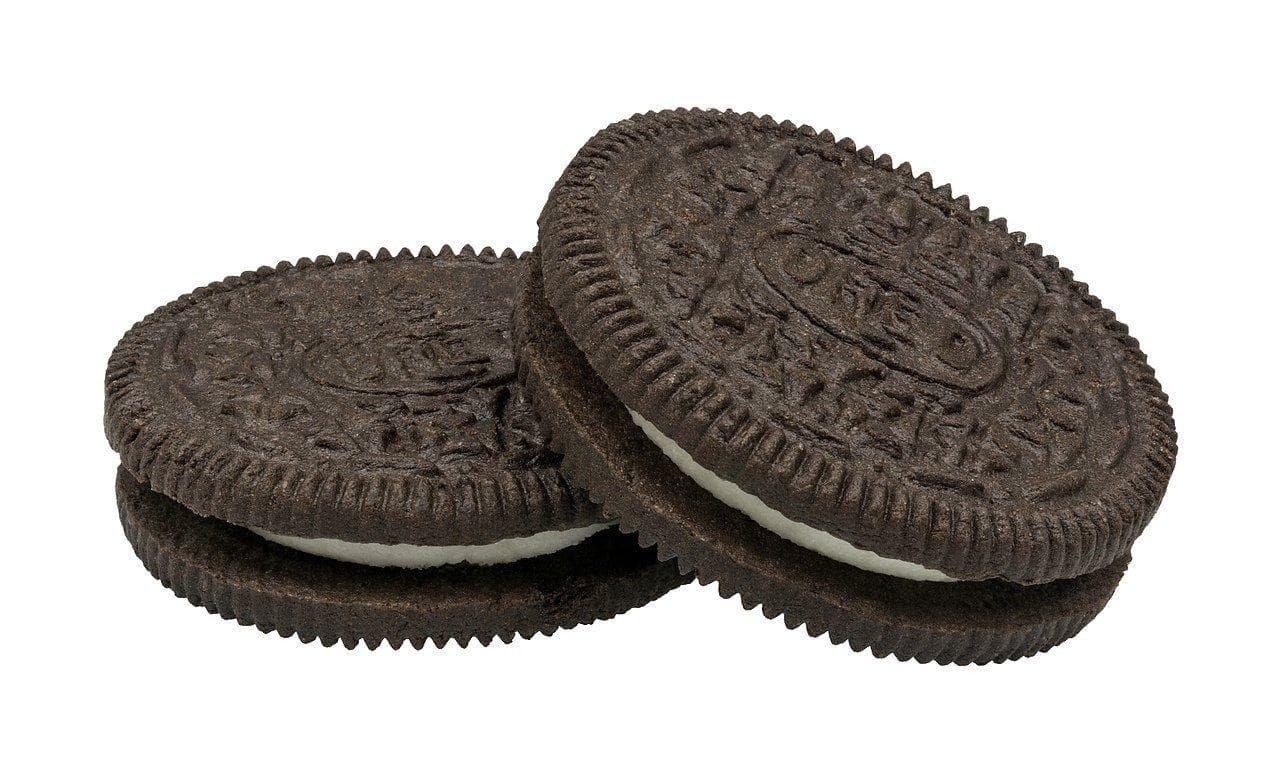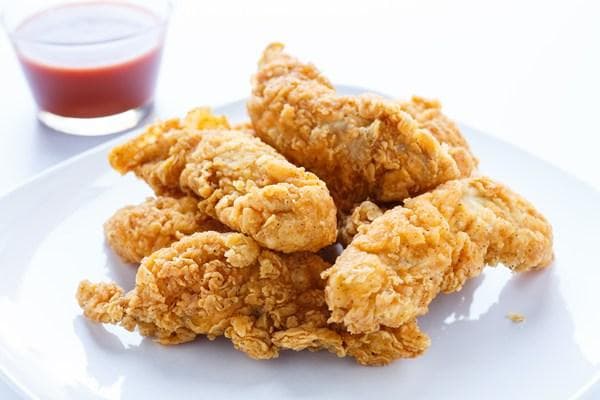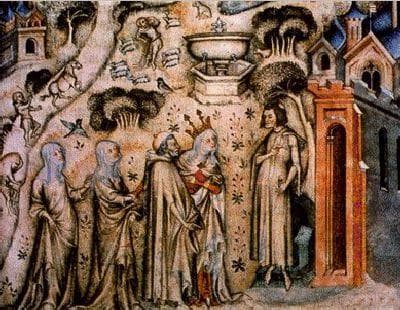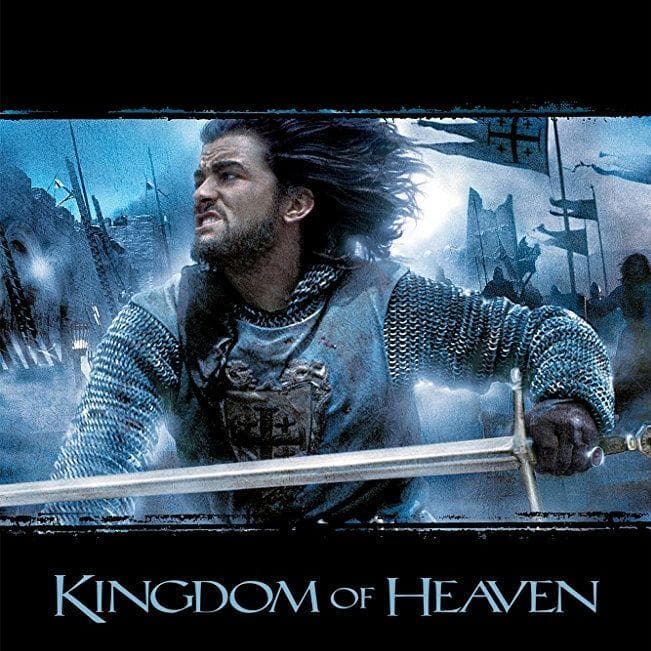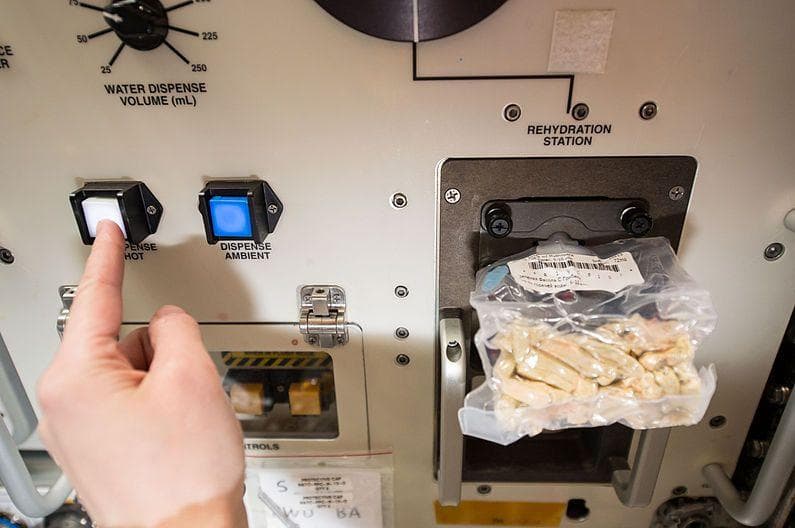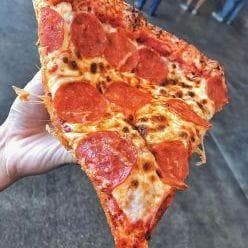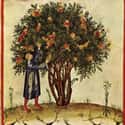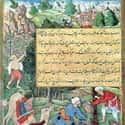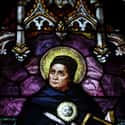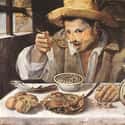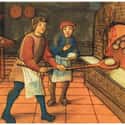-
(#4) Raw Fruit and Vegetables Were Not to Be Trusted
Eating exclusively raw food is a modern trend that would have confounded medieval folks. Researchers from The British Library Board say, in fact, "All fruit and vegetables were cooked - it was believed that raw fruit and vegetables caused disease." The Boke of Kervynge ("The Book of Carving") from 1500, for example, warned against salads and raw fruit in particular: "Beware of green sallettes and rawe fruytes for they wyll make your soverayne seke." ("Beware of green salads and raw fruits, for they will make your master sick.") Fresh herbs were fair game for medicine and cooking, but all other greenery needed the disease cooked out of it.
-
(#1) Medieval People Used Almond Milk
It may be a trendy "alt-milk" popular among vegetarians and vegans in the 21st century, but during medieval times, almond milk was prepared for pretty practical reasons. When the Church declared a fast day, for example, people couldn't eat meat or animal milk, so cooks turned to almond or walnut "milk" as an alternative, and even used it to make butter. It was also handy because it could be stored "with no danger of degeneration," unlike animal milk, which spoils quickly. Almond milk was such a common ingredient, in fact, that all existing cookbooks from the period call for it.
-
(#6) Eating Breakfast Was for Gluttons and Laborers
You might think that breakfast is the most important meal of the day, but according to medieval brainiac priest Thomas Aquinas, you're wrong and you're a big ol' glutton. Aquinas thought praepropere (eating too soon in the day) was one way to commit the deadly sin of gluttony. Breakfast, basically, was an "affront against God and the self."
The ideal meal plan in the Middle Ages was to not "break the fast," but instead skip breakfast, have a light midday dinner, and have a hearty evening supper. Some rebels had a sneaky Taco Bell-like "Third Meal" called reresoper ("rear supper") with wine and ale, too, but that was frowned upon. Laborers, apparently, ate something like breakfast, but it was literally just a small chunk of something to put in their stomachs so they didn't pass out in the fields. It wasn't exactly a full "English Breakfast."
-
(#9) Beans Changed Everything
Umberto Eco argues that when the "cultivation of legumes began to spread" in the 10th century, it was such a game-changer for Europe that the humble bean is basically to thank for Western civilization surviving and prospering throughout the Middle Ages and into today.
It's a bold statement, but Eco makes a strong case: "Working people were able to eat more protein; as a result, they became more robust, lived longer, created more children and repopulated a continent." The European population did double within a few hundred years after beans hit the scene, and Eco thinks it's because poor people were finally able to tend the fields properly.
Prior to the widespread cultivation of beans, laborers were struggling to get their protein: "...the poor, in those remote Middle Ages, did not eat meat, unless they managed to raise a few chickens or engaged in poaching (the game of the forest was the property of the lords)."
-
(#3) Peasants Ate a Ton of Bread and Grains
So this is like the opposite of paleo, right? Most people in medieval Europe ate 2-3 pounds of bread and grains per day, including up to a gallon of (low-alcohol) ale. Grains such as wheat, rye, oats, and barley were boiled into porridge, made into bread, and, alas, only occasionally paired with poultry, pork, or beef (medieval folk instead ate peas, lentils, and fish to get their protein fix). For the record, 2.5 pounds of rye bread is a whopping 3,000 calories and a gallon of ale is an additional 1,500 calories... but considering that work days in the summer for a medieval peasant lasted as long as 12 hours, it was pretty easy to burn through all that bread.
-
(#10) Baking Guilds Were Serious Business
Bread was so important to the medieval diet that commercial bakers formed powerful "guilds" that sort of functioned like a cross between a union and the mafia. Bakers that joined a guild paid dues that made them members of the exclusive club of bakers that worked in a given region (no rogue bakers allowed!). Those dues could pay off down the road if anything ever happened to your business or your family (like insurance, basically). These guilds also fiercely protected the family recipes of "master bakers" and made sure that no one was opening up bakeries using stolen secrets.
New Random Displays Display All By Ranking
About This Tool
Since the Medieval Times, people's diet has undergone tremendous changes. Looking back at the history of Europe, people in the Mediterranean region mainly relied on plant food, while in northern and central Europe, animal food was dominant. From the 5th century to the 16th century, the eating habits, cooking methods, and table manners in different regions were different, but they influenced each other.
This is a great chance to learn more about the average diet in Medieval times, the random tool displays 13 information here. If you are lucky enough to have a meal in a medieval restaurant or a Renaissance restaurant, you can discover more historical and cultural differences.
Our data comes from Ranker, If you want to participate in the ranking of items displayed on this page, please click here.

